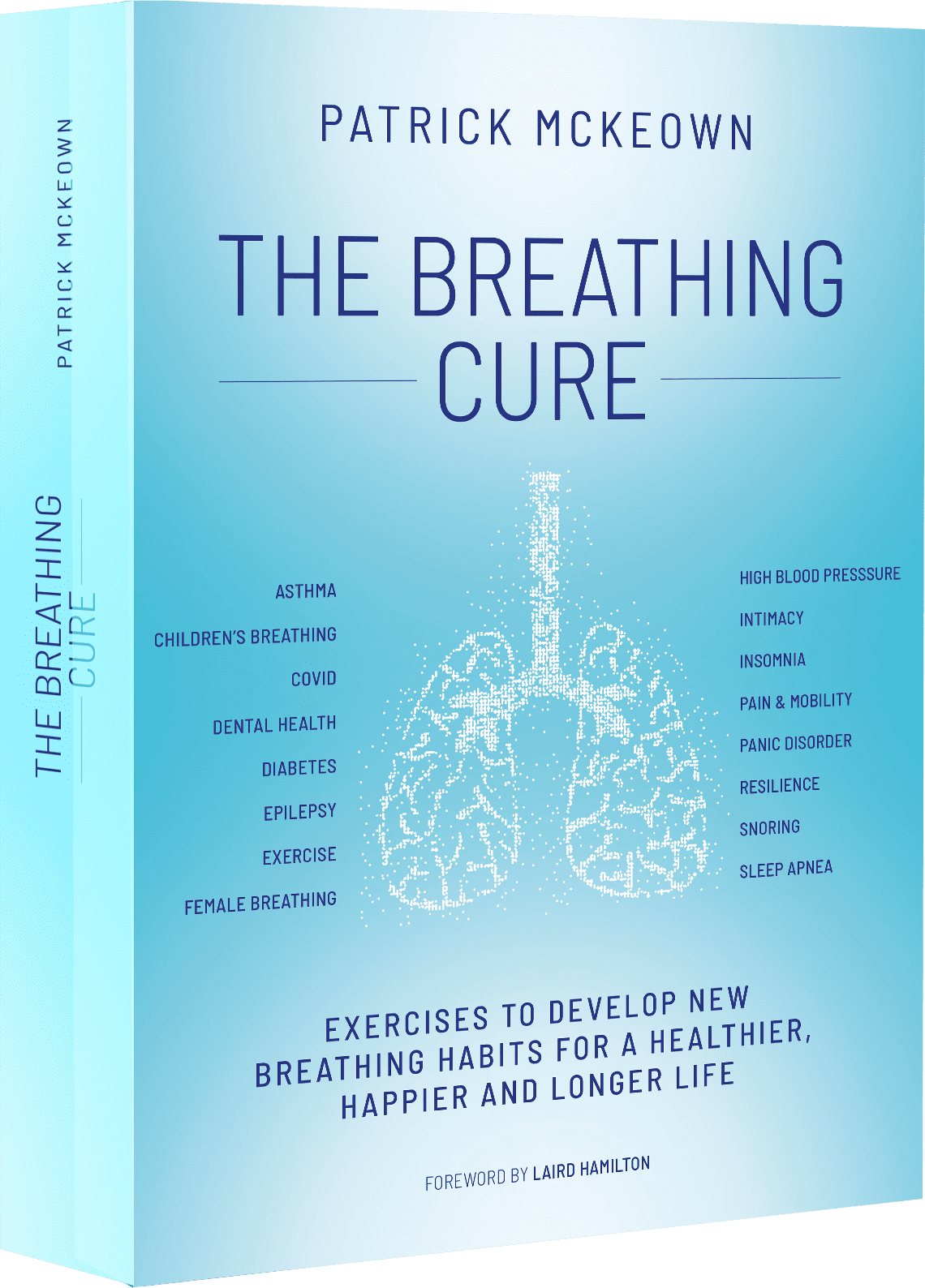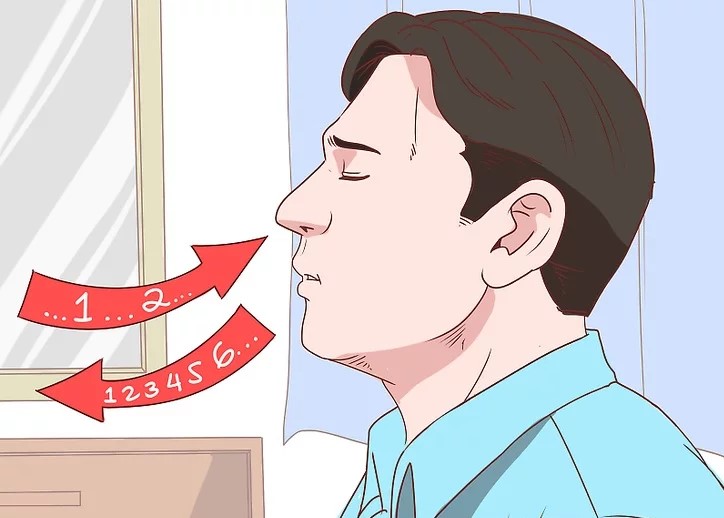

- #Relaxing breathing techniques copd as in breathing zone how to
- #Relaxing breathing techniques copd as in breathing zone update
Inhalation sedation (relative analgesia) with oxygen/nitrous oxide gas mixtures: 1. Pharmacology of psychotropic analgesic nitrous oxide as a multipotent opioid agonist. Relative analgesia in dental practice inhalation analgesia with nitrous oxide. Inhalation anesthesia-a fundamental guide. The minimum alveolar concentration of nitrous oxide in man. Hornbein TF, Eger EI, Winter PM, Smith G, Wetstone D, Smith KH. Advances in understanding the actions of nitrous oxide. Nitrous oxide (laughing gas) is an NMDA antagonist, neuroprotectant and neurotoxin. Jevtović-Todorović V, Todorović SM, Mennerick S, Powell S, Dikranian K, Benshoff N, Zorumski CF, Olney JW. History of anesthesia: early use of nitrous oxide. Behavioral management in dentistry for children. Nitrous oxide/oxygen inhalation sedation in children. EAPD Guidelines on Sedation in Paediatric Dentistry. Hallonsten A-L, Jensen B, Raadal M, Veerkamp J, Hosey MT, Poulsen S. Managing anxious children: the use of conscious sedation in paediatric dentistry. UK National Clinical Guidelines in pediatric dentistry.

Fasting state and episodes of vomiting in children receiving nitrous oxide for dental treatment. Guideline on use of nitrous oxide for pediatric dental patients. 2018 172:622.Īmerican Academy of Pediatric Dentistry.

Reevaluating fasting for procedural sedation. Guideline for Monitoring and Management of Pediatric Patients During and After Sedation for Diagnostic and Therapeutic Procedures. Integrated National Board Dental Examination (INBDE). United Kingdom: Quintessence Publishing 2017. Series: Quintessentials of dental practice, Vol.
#Relaxing breathing techniques copd as in breathing zone how to
Child taming: how to manage children in dental practice. Profile and competences for the European dentist. Association for Dental Education in Europe. Plasschaert AJM, Holbrook WP, Delap E, Martinez C, Walmsley AD. Sedation in dentistry: current sedation practice in Italy. Zanette G, Robb N, Facco E, Zanette L, Manani G. Conscious sedation services provided in secondary care for restorative dentistry in the UK: a survey. Pharmacological approach to the management of dental anxiety in children-comments from a Scandinavian point of view. Survey on sedation in paediatric dentistry: a global perspective. Survey of behavior management teaching in pediatric dentistry advanced education programs. Project USAP 2000-use of sedative agents by pediatric dentists: a 15-year follow-up survey.
#Relaxing breathing techniques copd as in breathing zone update
Guidelines for monitoring and Management of Pediatric Patients before, during, and after sedation for diagnostic and therapeutic procedures: update 2016. Adverse sedation events in pediatrics: a critical incident analysis of contributing factors. 2002 96:1004–17.Ĭoté CJ, Notterman DA, Karl HW, Weinberg JA, McCloskey C. Practice guidelines for sedation and analgesia by non-anesthesiologists. 2001 24:18–22.Īmerican Society of Anesthesiologists. KeywordsĬasamassimo PS, Wilson S, Gross L.

In a similar way, the second part explains the use of general anesthesia for oral rehabilitation and the cooperation with medical staff.Ĭlinical case examples are given in both parts.ĭetailed as this text is, it cannot be used in lieu of proper training and certification for the dental practitioner, but accredited training is required, in accordance with each country’s laws, guidelines, and clinic’s operation rules. Here the reader will find a description of the different levels of sedation up to general anesthesia, statistics on its use and acceptance around the globe, indications for proper use, and how to use sedation safely and according to existing guidelines and law, from the pre-sedation evaluation and planning, the monitoring during the procedure, up to post-sedation evaluation and discharge of the patient. The first part of this chapter focuses on sedation. This chapter offers a detailed overview and a reference point for the pharmacologic behavioral management of the noncooperative child in the dental chair, or of the child whose dental needs are either urgent or potentially painful and lengthy and are better approached under sedation or general anesthesia.


 0 kommentar(er)
0 kommentar(er)
